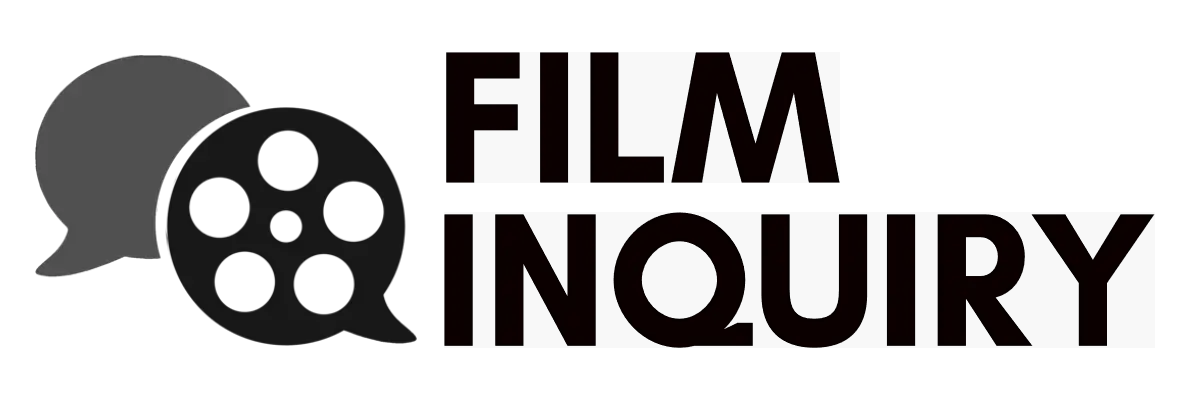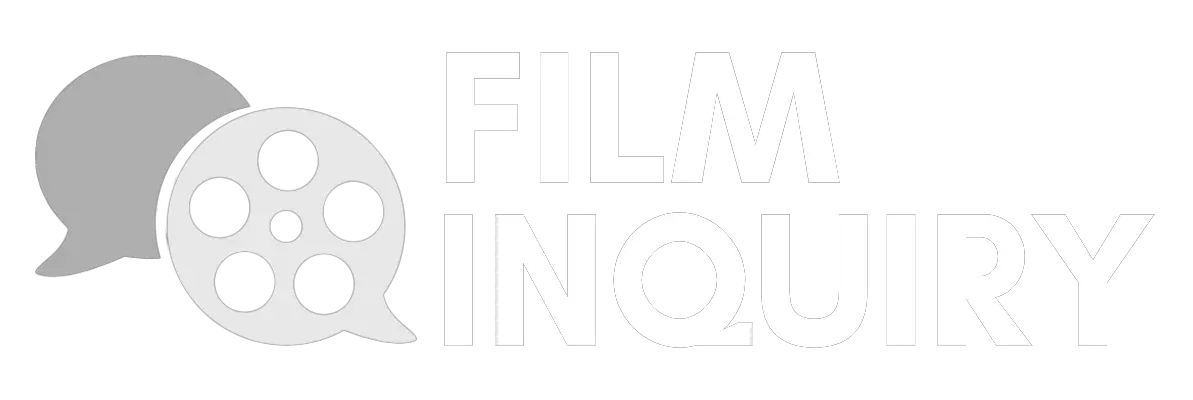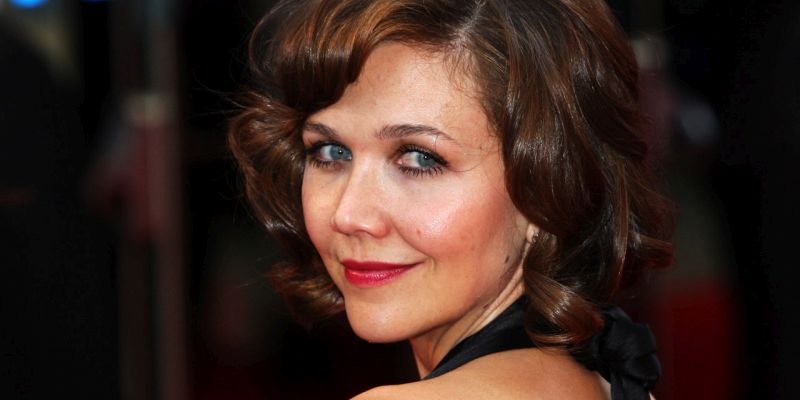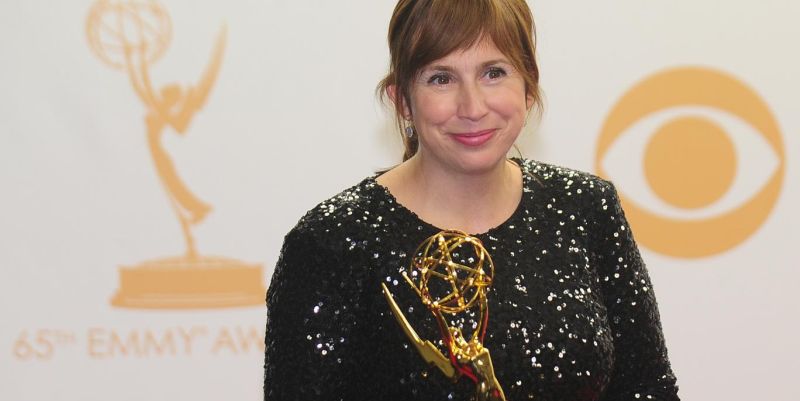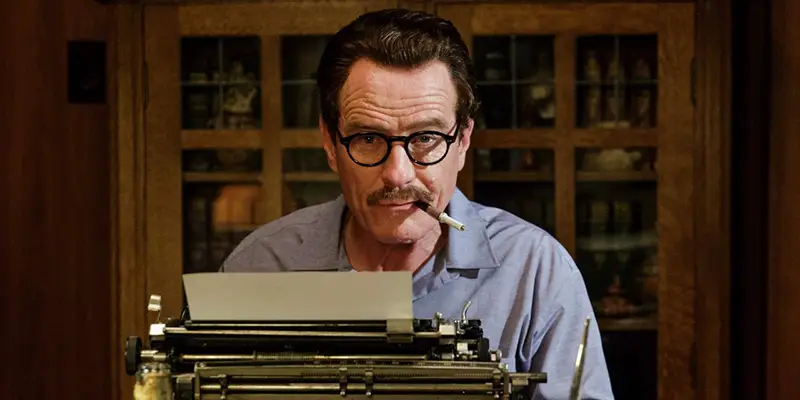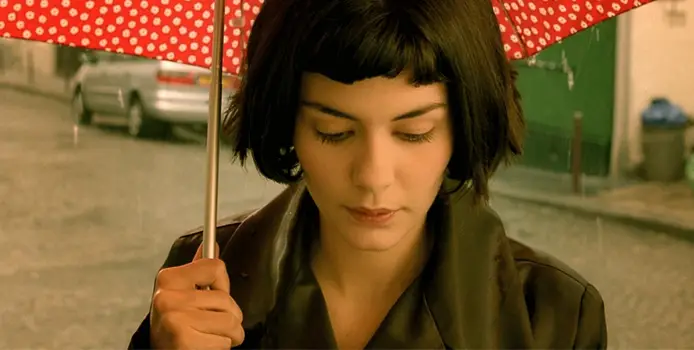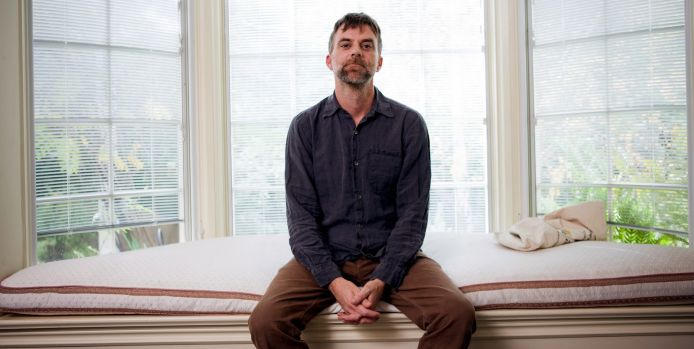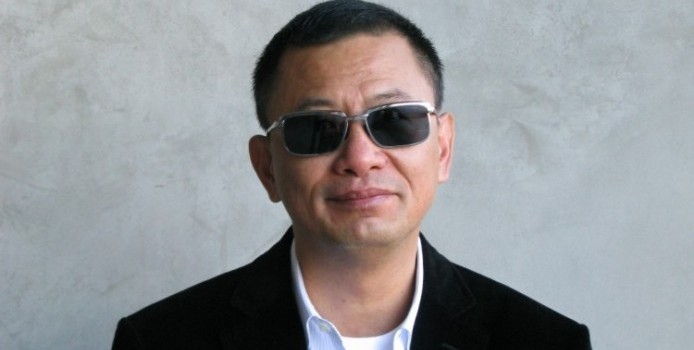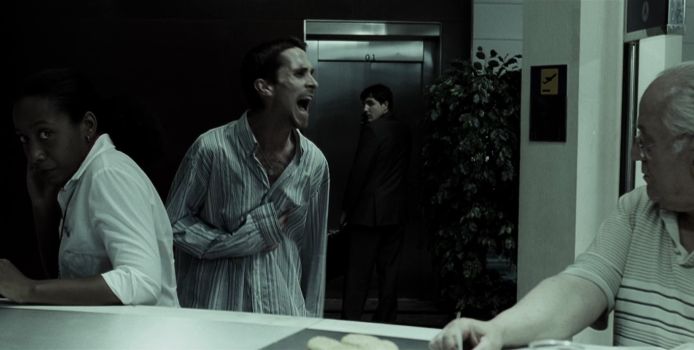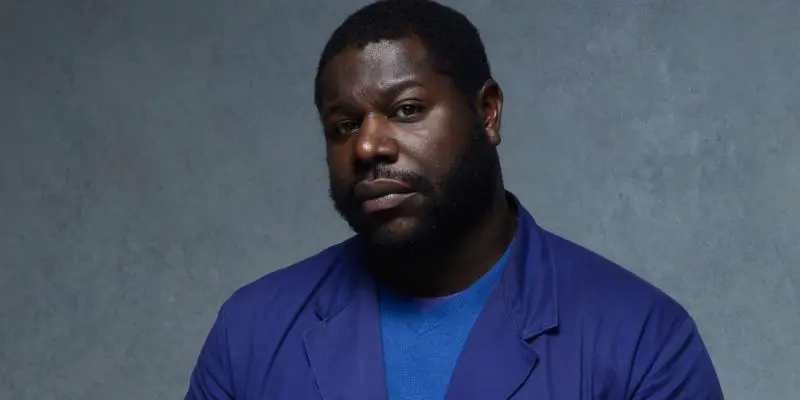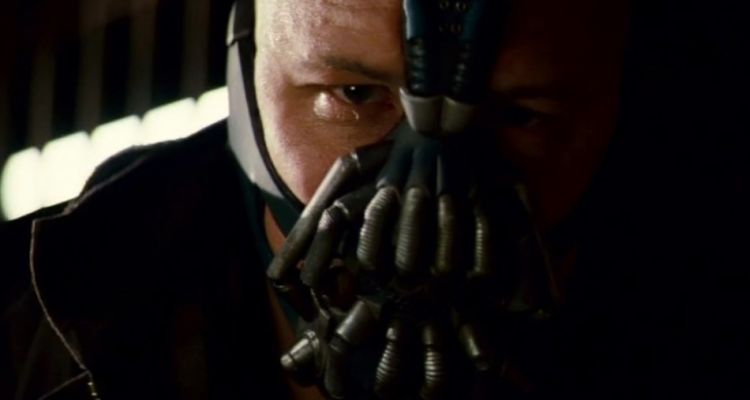character study
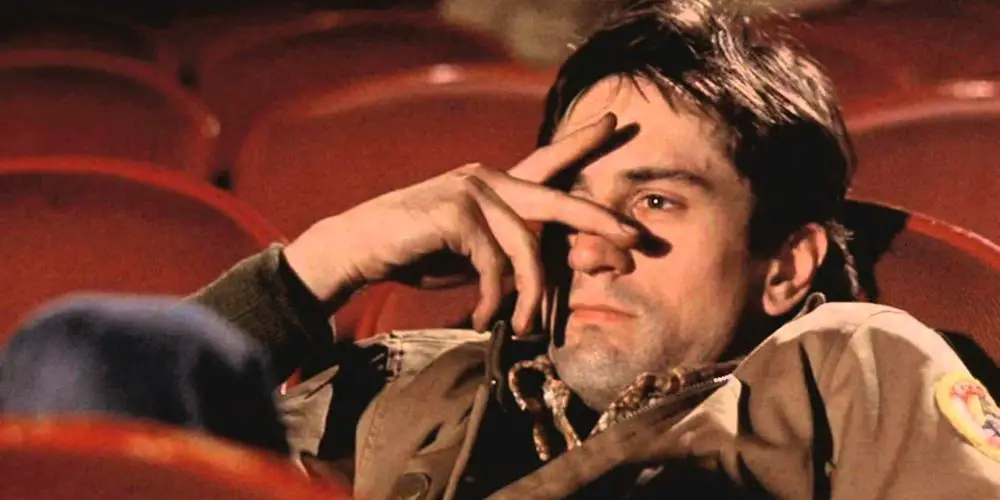
Post-traumatic stress disorder – abbreviated as PTSD – has been a subject in film as far back as the 1946 John Huston documentary Let There Be Light. Since the Invasion of Iraq, it’s become a prevalent concept. One of the most original to have been made is Martin Scorsese’s 1976 classic Taxi Driver.
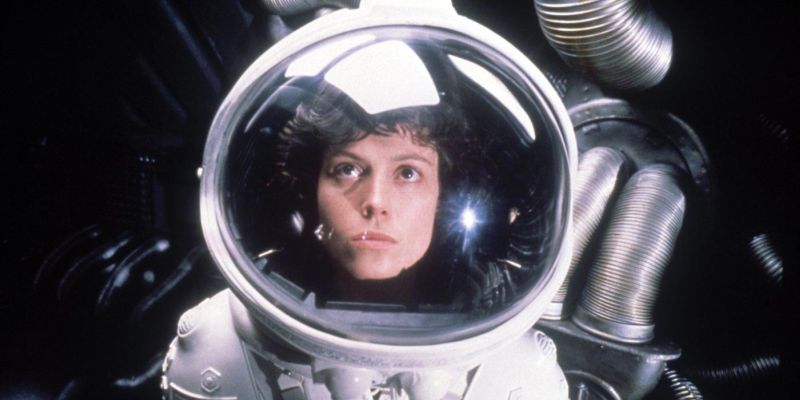
By its nature, sci-fi is a genre of revolution. The fantastical elements (time travel, dystopian future setting or parallel worlds) allow the genre a certain amount of artistic license. This generally results in society being represented as fairer, less discriminatory or strong themes of trying to make the world a better place.
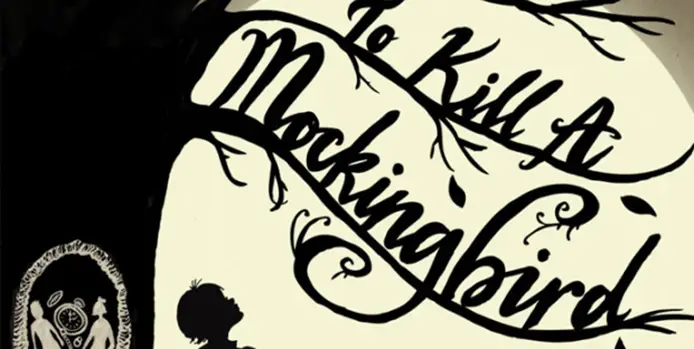
What inspired me to begin this series was actually the knowledge that Harper Lee, the author of To Kill A Mockingbird, was going to be releasing a new novel called Go Set a Watchmen. As I had remembered being fond of Lee’s writing, I was planning to read it. (I still have not, but am hoping to get to it after this).
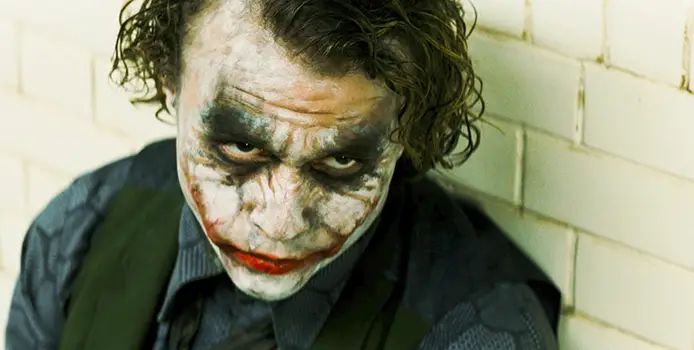
Have you ever found yourself loving the bad guy in a movie? Villains come in many different forms, whether it’s the combined protagonist/antagonist situation like Mickey and Mallory Knox in Natural Born Killers, or the complete polar opposite of the hero, a dark and vicious villain like Heath Ledger’s astounding role as The Joker in Christopher Nolan’s The Dark Knight. And with the recent trailer release of the movie Suicide Squad (a team of DC comic villains coming together to take on the missions deemed too horrific for the heroes), it provokes the question:
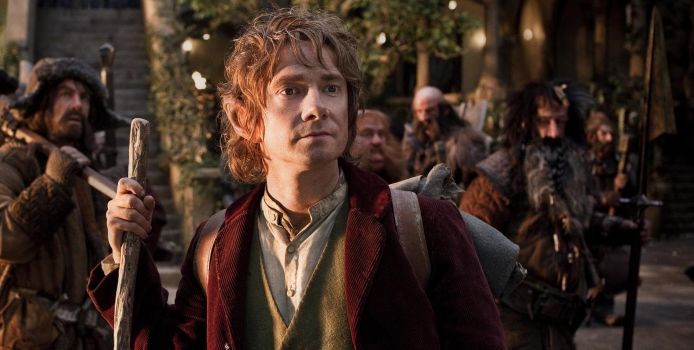
Plot, visuals, and theme are all hugely important to great cinema, but movie audiences love characters, and they remain the most memorable aspect of many films. However, the same character types appear again and again in film – the heroes, the villains, the sidekicks and the damsels in distress. We simply accept this as a part of cinema, and of stories in general, and it’s because all stories follow the same narrative structure, according to Russian theorist Vladimir Propp.
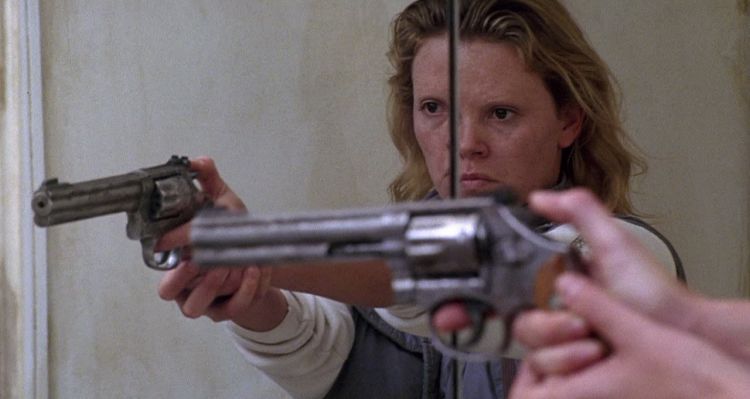
The New York Film Academy recently published a pretty awesome infographic on their website, featuring the top 10 darkest characters in film. I’ve been known to be partial to the darker characters – I’m still a bit unsure whether I’ve a dark passenger of my own inside me or not, but I can’t help but always like the dark characters more than the happy ones. As I see it, they make any story more interesting.
